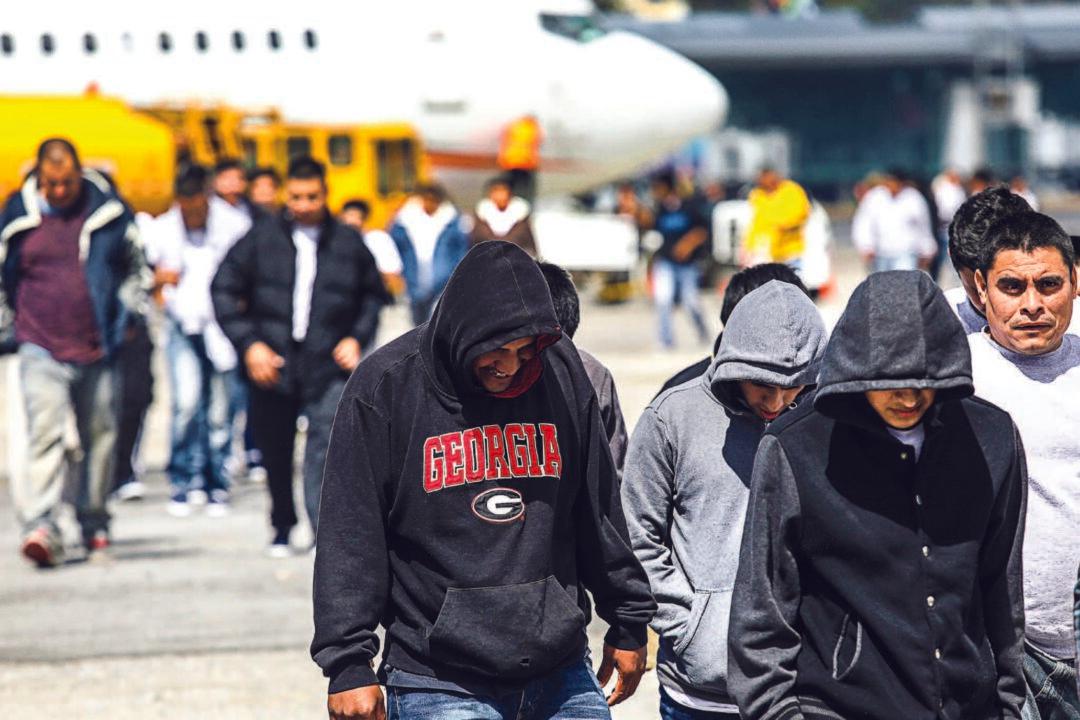WASHINGTON—A reinvigorated Immigration and Customs Enforcement (ICE) has deported 37 percent more illegal aliens from the interior of the United States since Jan. 20 this fiscal year compared to the same time in 2016.
Since President Donald Trump’s inauguration, more than 61,000 illegal aliens have been removed and more than 110,000 arrested inside the country—a 42 percent increase compared to the same period last year.





